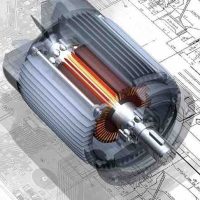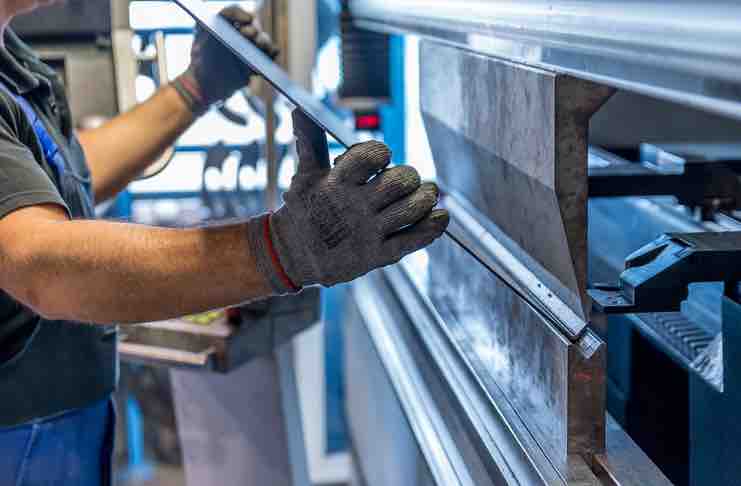CAD and CNC manufacturing go hand in hand, with the former being used to define the operations that are executed by the latter.
As these two technologies are typically used in tandem, understanding this relationship, and appreciating the benefits that it delivers is necessary for any manufacturer that hopes to take full advantage.
To that end, here is a quick overview of how computer-aided design and computer numerical control function and why they are significant in the modern market.
CAD in CNC Manufacturing and its Advantages:
Streamlining production
Even comparatively small improvements to efficiency can result in major savings of both time and costs when running manufacturing projects. This is the main perk offered by CAD in combination with CNC machinery since the process of coming up with a design and planning out how to see it through to production is simplified.
For example, designs for components and products outlined in CAD software are straightforward to distribute, assess, and implement. As such it takes less time to determine the kinds of materials required, the types of machinery needed, and the tooling that should be suitable for the duties on the agenda.
Further efficiency improvements are achieved by the fact that most CAD solutions are compatible with a variety of CNC machinery, from the latest mills and lathes to used press brakes. This means that engineers, designers, and equipment operators do not need to invest time and effort in programming the equipment to follow the desired design specifications manually, but can instead allow much of this to be handled automatically.
Not all CAD and CNC systems are innately interoperable, but there is still a greater level of standardization across this ecosystem, which simplifies and streamlines production from the planning stages onwards.
Enhancing collaboration
Another important asset of CAD as it applies to a CNC-based manufacturing scenario is that it empowers experts from different departments and with different skill sets to work together more cohesively and coherently.
They say a picture paints a thousand words, and with the GUIs of CAD software and the associated integration of displays on CNC equipment, those who come up with the designs can explain their aims and ambitions to those responsible for actually fulfilling them with hardware in the production line.
As well as making collaboration less of a challenge, it removes any of the ambiguity from this process and means that there is less chance of confusion causing mistakes or even inter-departmental consternation and conflict.
That is not to say that established skills and training are being rendered redundant by computerization; rather the expertise of employees across the spectrum can be enhanced by CAD and CNC manufacturing, delivering benefits for the business as a whole.
Accuracy & precision are assured
In the world of manufacturing, a combination of accurate designs and precise equipment is essential to success. However, prior to the emergence of modern, digital technologies that can join forces to achieve this, it was not unusual for errors to arise because of issues with either or both of these aspects.
CAD software delivers on the promise of providing incredibly accurate plans, which are often automatically scrutinized to reveal flaws on the fly so that mistakes on the part of the designer do not go unnoticed until after production has begun.
Likewise, with the incredible accuracy of the CAD files to work with, CNC machinery can complete jobs with an immense level of precision. In contexts where tolerances are tight, such as when manufacturing for medical devices or the aerospace sector, this is obviously a major selling point.
Complexity is more achievable
Finally, it is worth understanding that CAD and CNC manufacturing are appealing and advantageous because the technologies allow designers to realize their most ambitious and innovative concepts, regardless of the complexity.
Prior to the dawn of the digital, computerized era of manufacturing, there were simply some projects which could not get off the drawing board because it was either technically impossible or simply not financially viable to move forwards with them. This has all changed in recent decades and explains why a steady stream of boundary-pushing tech products have emerged ever since.
From prototyping to mass production, contemporary manufacturing solutions give life to eye-opening ideas every day, so now is the time to get involved and experience the benefits first hand.



